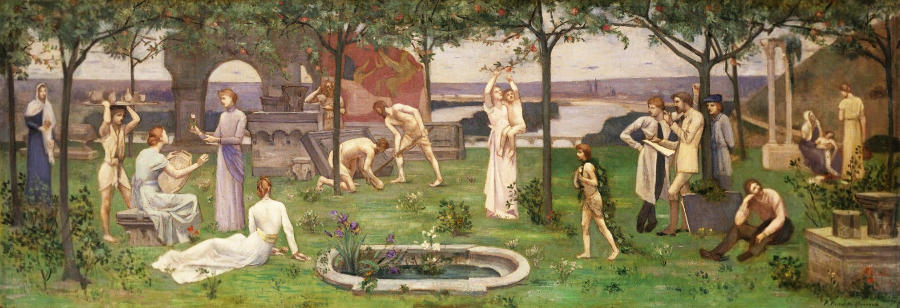A few years ago I was asked to write an introduction to a book on the beginning and the essence of the architectural project: Architecture is a visionary and magical game that requires a particular calling that approaches the religious, like the role of a priest. The process of architectural design is almost manic: rules are learned by everyday existence, watching life on the streets, people, nature, details, construction. The architect looks at the world around him to learn and understand from what has evolved in nature and been built by humans.
This requires a great love for all that surrounds us, to be able to grasp such beauty and distil it into architectural design.
The architect works closely with the land and nature, with his actions he creates modifications and integrations above or below the land surface. In fact, when the architect begins a project, he begins an adventure, a journey through the places and the history of the earth. Making architecture is going through these places with poetic sensibility to convey the excitement of light, materials, space. The game of architecture is a bridge between man and nature.
The turning point for an architectural work is the idea. The preparation of the idea is based on research involving patient introspection, aesthetics, technology and history. The idea is like the fruit of a tree, is caught in a moment but it needs to grow into a tree, and the quality of the fruit is directly proportional to the properties of the tree.
Although there are many external forces, the design is primarily shaped by personal choice. This process involves both intuition, which at times is completely unrelated to conventional logic, and the precise analysis of data and facts. In all the powers of the human mind, intuition is perhaps the most fascinating, mysterious and least understood. It involves insight, which can be attained at any time of the day or even while dreaming, suddenly revealing the meaning of a complex concept, a deep understanding of a situation, or simply a solution to a problem. It 's like a mysterious light that shatters the darkness, a revelation that seems to come from a unknown part of us that we do not control. Even science, thought to be the most rational application of the human mind, is strongly shaped by intuition and inspiration. For example, the famous chemist Kekule von Stradonitz (1829-1896) said he found the structure of benzene in the figurative symbols of a dream, and upon awakening had to work hard to check its validity. And it is well-known that Picasso used to say: "I first find and then I search."
Insight and the development of new ideas is made possible by those who doubt the obvious, distrust the known and embrace the unknown, uncertainty and doubt. Is possible to find innovative solutions, if you approach a situation through the eyes of a child, without reference to what has been already established and instead create the original and the audacious.
Ivo Buda
Introduction for the book CONCEPTUAL ARCHITECTURE,
Editor: Hi-design International Publishing (HK) Co., Ltd.,
ISBN: 978-7-5611-6494-5,
Languages: English, Chinese
image from: Inter artes et naturam (Between Art and Nature) - Pierre Puvis de Chavannes (French, 1824–1898) - Musée des Beaux-Arts, Rouen, France





